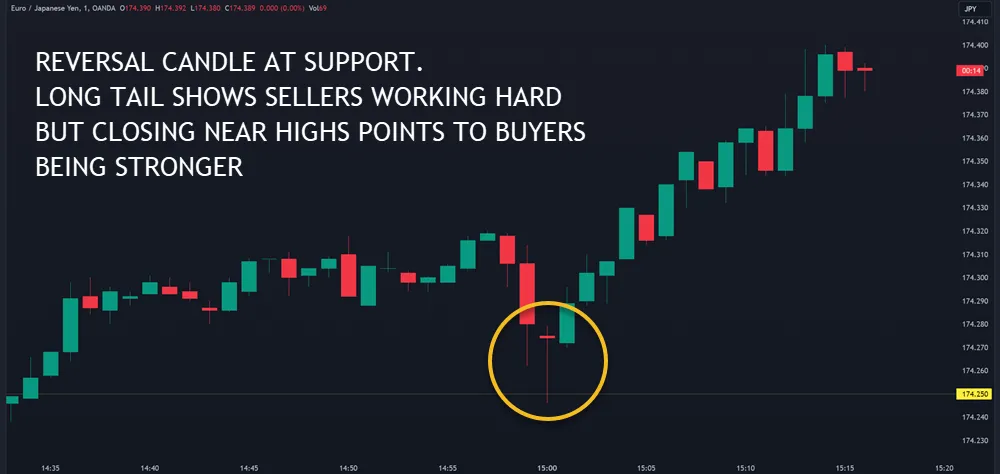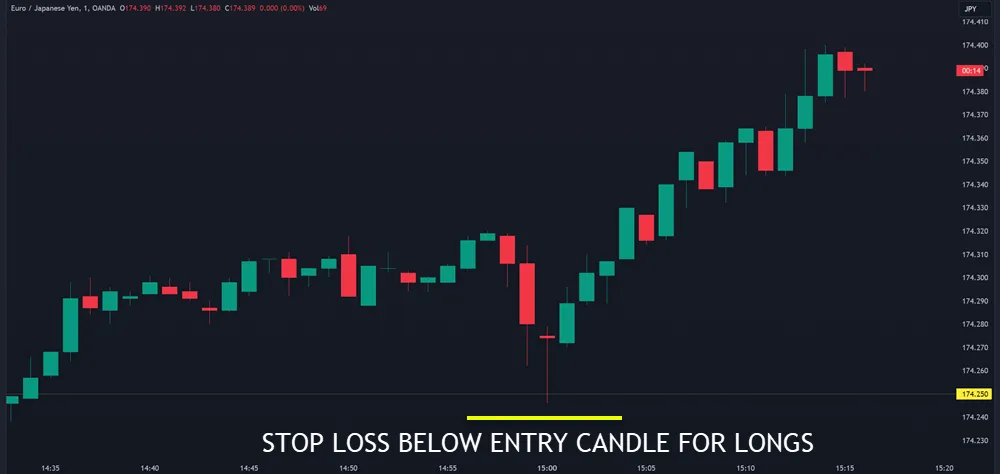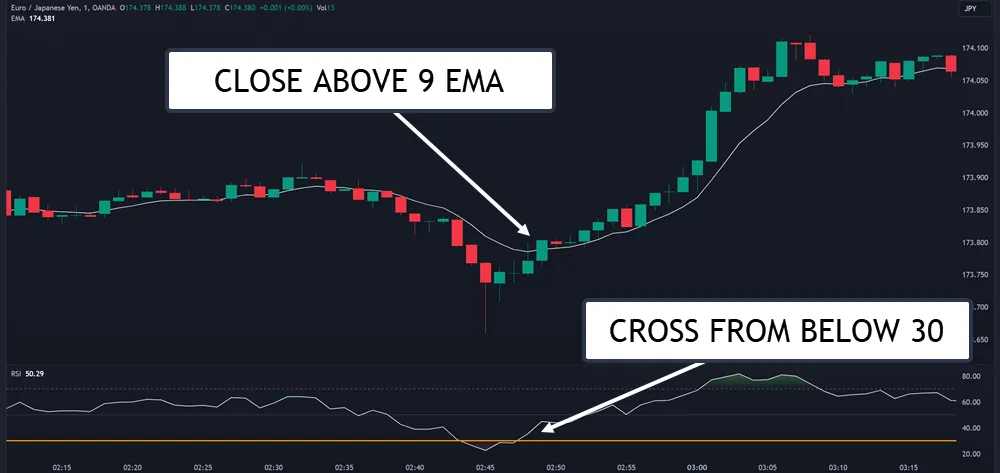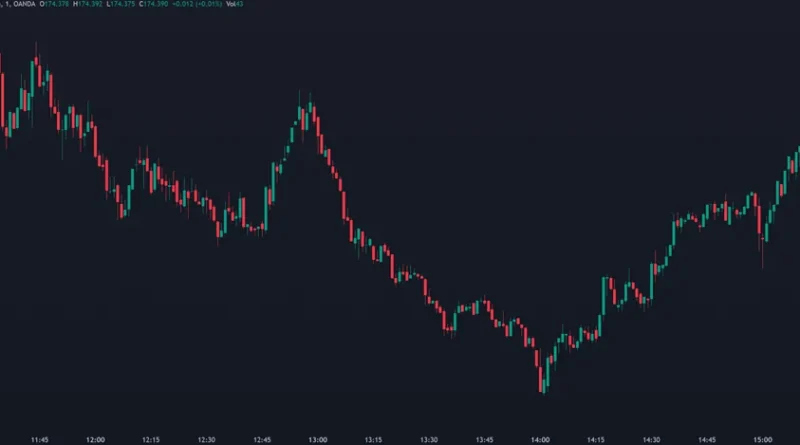1 Minute Chart Trading Strategy
If you’ve ever been intrigued by day trading, the 1 Minute Chart Trading Strategy might catch your eye. This approach requires you to make quick decisions, as you’re working with the smallest of FX market movements. You’ll need to master a few key technical indicators—Moving Averages, RSI, and Stochastic Oscillators—to help guide your trading decisions.
But here’s where it gets interesting: how do you manage risk in such a short timeframe, and what specific setups should you watch for to boost your chances of success?
Main Points
- Utilize technical indicators like Moving Averages, Stochastic Oscillator, and RSI to identify precise entry and exit points.
- Implement strict risk management by setting stop-loss and take-profit levels to minimize losses and lock in profits.
- Focus on quick decision-making and trade management, adjusting to rapid market changes efficiently.
- Establish clear trading rules and discipline to avoid emotional trading and ensure consistency in executing trades.
- Set specific daily profit targets and adherence to stop-loss limits to enhance overall trading performance and risk control.
Scalping Strategy Overview
Scalping in Forex capitalizes on minor price changes, aiming for quick profits using the 1-minute chart. This strategy involves sharp market analysis to pinpoint those tiny, yet frequent, opportunities where you can jump in and out for potentially profitable trades.

To effectively scalp, you need to analyze the market. This isn’t just about watching the prices move; it’s about understanding the signals your indicators—like Moving Averages, Stochastic Oscillator, and RSI—provide. These tools help you decide when to enter and when to exit trades by showing potential trend reversals or continuation trade setups.
Let’s talk about profit potential.
While each trade offers a small profit, these can accumulate over the day due to the volume of trades you make. The key is consistency and managing each trade to maximize gains while minimizing losses. You’re not looking for the big win; instead, you’re collecting numerous small wins that add up.
Traders and Strategy Suitability
This trading approach isn’t for everyone; it demands a particular set of skills and personality traits. Here’s a breakdown of what’s required:
- Quick Decision-Making: You’ll need to make multiple trades within minutes or even seconds, so fast decision-making is essential.
- High Stress Tolerance: The fast-paced nature of scalping can be stressful. You must manage this stress effectively to maintain clear-headed decisions.
- Strong Discipline: Sticking to your trading plan and knowing when to exit trades, regardless of emotions, is key.
- Effective Market Analysis: Understanding market conditions that favor scalping is essential. You should be good at reading short-term price movements and indicators.

Market analysis and timeframe suitability are particularly important. Scalping requires a deep understanding of the market’s minute-by-minute fluctuations. You should be able to interpret these quick changes to determine your trading moves (think about who has the balance of control at any given time).
Determining whether the timeframe suits your trading style and psychological makeup is important. If you prefer a less intense, more deliberative approach, a longer timeframe might be more appropriate.
Technical Indicators for Success
Understanding the appropriate technical indicators will improve your ability to profit from the 1 Minute Scalping Strategy. When you’re trading on such a fast-paced timeline, indicator selection is important.

You’ll want to consider using Moving Averages, Stochastic Oscillator, and RSI Indicator to guide your entry signals and exit strategies.
For entry signals, focus on situations where Moving Averages meet, indicating a potential shift in price direction that you can capitalize on quickly. The Stochastic Oscillator is invaluable here; it helps you determine overbought or oversold conditions, signaling when it might be a good time to enter a trade.
The RSI Indicator can confirm these signals by showing momentum strength, ensuring you’re not entering a weak move.
As for exit strategies and setting profit targets, these indicators also play a pivotal role. Set your profit targets based on the volatility and the average price movement observed through these technical tools.
Exit the trade when indicators begin showing signs of a reversal; for instance, when the Moving Averages cross back or the Stochastic Oscillator moves out of an extreme area.
Risk Management and Trading Discipline
1-minute chart trading demands that you have an understanding of the significance of a stop-loss strategy. By setting strict stop-loss orders, you protect your account from significant losses, ensuring you can withstand numerous losing trades in a row.
It’s also vital to stick to consistent trading rules, which help you maintain clarity and objectivity amidst market volatility.
Stop-Loss Strategy Importance
Implementing a stop-loss strategy is vital as it caps your potential losses and protects your trading account. When you’re trading on the one-minute chart, rapid fluctuations are normal and not the exception.

Here’s why you need to have a solid stop-loss strategy in place:
- Risk Mitigation: By setting a stop-loss order, you’re defining the maximum loss you’re willing to accept. This pre-planned decision helps you avoid emotional trading, which can often lead to significant losses.
- Capital Protection: It’s all about preserving your trading capital for future opportunities. With a stop-loss, you “guarantee” that you don’t exhaust your funds on a few bad trades.
- Decision Support: During intense market volatility, it can be challenging to make rational decisions. A stop-loss acts as a safety net that automatically executes when certain price levels are hit, helping you stick to your trading plan.
- Enhanced Discipline: Consistently using stop-loss orders trains you to adhere to strict trading disciplines, a critical aspect of successful trading. You’ll learn to exit losing trades promptly, which can be as important as recognizing profitable opportunities.
Consistent Trading Rules
Building on the significance of a stop-loss strategy, you also need consistent trading rules to manage risk and maintain discipline in one-minute chart trading. It’s important to have clear entry and exit criteria that help you avoid making emotional decisions. You’ll find that this consistency keeps your trading sharp and focused.
You must stick to your stop-loss orders and profit targets to control risk and aim for sustainable gains. It’s easy to get caught up in the excitement or fear that minute chart trading can provoke, but sticking to your plan ensures that you’re not reacting impulsively which generally leads to blown-out trading accounts.
Make sure that your trading rules aren’t only set but followed. This discipline is essential to long-term success. If you’re consistent in applying these rules, you’ll likely see a steadier performance and potentially fewer dramatic losses.
Goals and Pros/Cons
Setting clear goals in minute chart trading is important, as it directs your actions and decision-making. When you’re trading on a fast-paced timeline, every second counts, and having a plan can make all the difference.
Here are some key points to keep in mind:
- Strategy Effectiveness: Your goals should improve the effectiveness of your trading strategy. This is vital for making informed decisions quickly.
- Focus Management: Clearly defined objectives help you maintain focus amidst the chaos of rapid market movements.
- Risk Control: Setting stop-loss limits and daily loss limits as part of your goals can prevent small losses from quickly accumulating.
- Daily Profit Targets: These can motivate you and provide a clear endpoint for each trading session.
The pros of minute chart trading include the potential to capitalize on multiple opportunities within a day, and the excitement of quick decision-making.
However, the cons are significant.
You’ll need intense focus, as losing it even for a minute can lead to missed opportunities or unnecessary losses.
Additionally, managing multiple trades simultaneously increases complexity and risk. Balancing these factors is crucial to leveraging minute chart trading successfully.
Powerful 1-Minute Scalping Strategies
Let’s look at how you can design a powerful 1-minute scalping strategy that enable you to capitalize on rapid market movements.
- Entry Point Selection and Market Analysis:
- Use technical indicators such as moving averages, RSI (Relative Strength Index), and Stochastic Oscillator to identify potential entry points.
- Moving averages help highlight the general direction of the market.
- RSI is useful for indicating whether an asset is overbought or oversold, which can signal potential price reversals.
- Stochastic Oscillator is another tool that helps in identifying the momentum and possible entry points by comparing the closing price to a range of prices over a certain period.
- Profit-Taking Strategies and Trade Management:
- Aim for small profits by setting precise exit points.
- Implement a tight stop-loss to minimize potential losses.
- Establish a take-profit point to lock in gains and manage the trade effectively.
The key is to manage these trades quickly and efficiently, as the market can shift. Monitor your trades and adjust your stop-loss and take-profit levels accordingly to protect your earnings and limit losses.
Complete 1-Minute Chart Trading Strategy

Here’s a comprehensive strategy using popular technical indicators and key principles we just talked about to guide your trading.
1. Choosing the Right Indicators
- Relative Strength Index (RSI): The RSI is great for measuring the speed and change of price movements, helping to identify overbought or oversold conditions. Typically, an RSI value above 70 indicates overbought conditions, while below 30 suggests oversold conditions.
- Exponential Moving Average (EMA): Use a short-term EMA (like the 9-period EMA) to quickly respond to price changes. This indicator helps in identifying the current trend direction and potential reversal points on the chart.
2. Setting Up Your Chart
- Apply the EMA: Set up a 9-period EMA on your 1-minute chart. This will help you visualize the trend.
- Overlay the RSI: Set the RSI with a period of 14 to observe the momentum and potential entry points when the market is overextended.
3. Entry Rules

- For a Long Position:
- Ensure the price is above OR moving above the 9-period EMA, indicating an uptrend.
- Wait for the RSI to drop below 30 and then cross back above it, signaling a potential reversal from oversold conditions.
- Entry 2 pips above the high of the candle
- For a Short Position:
- Make sure the price is below the 9-period EMA, indicating a downtrend.
- Look for the RSI to exceed 70 and then fall below, indicating a potential reversal from overbought conditions.
- Entry 2 pips below the low of the candle

4. Exit Strategy
- Profit Targets: Since scalping strategies aim for small price movements, set a tight profit target of 8-12 pips per trade as suggested by typical scalping strategies
- Stop-Loss Orders: Place a stop-loss order a few pips (around 5-7 pips) away from the entry point to minimize potential losses.
5. Risk Management
- Trade Size: Adjust your trade size to manage risk. Never risk more than 1-2% of your trading capital on a single trade.
- Trading Times: Engage in trading during high liquidity times, such as the London or New York session openings, to ensure tighter spreads and more movement.
6. Practical Considerations
- Mental and Physical: Scalping on a 1-minute timeframe demands high levels of concentration and quick decision-making. Ensure you are well-rested and focused before starting your trading session.
- Demo Account Practice: Before applying this strategy with real money, practice extensively with a demo account to get accustomed to the fast-paced nature of 1-minute trading.
- News: Ensure you are aware of any economic news releases that could impact the trade
Sample Backtest Results
While this is a sample backtest for this strategy, you need to do your testing to ensure your success/failure with it.
Assumptions
- Data Period: 1 year (252 trading days).
- Currency Pair: EUR/USD, due to its high liquidity and low spreads, which are ideal for scalping.
- Trading Hours: Focus on the London and New York sessions for higher volatility and liquidity.
- Initial Capital: $10,000.
- Risk per Trade: 1% of capital per trade.
- Position Size: Adjusted according to stop-loss, ensuring no more than $100 risk per trade.
- Profit Target: 10 pips.
- Stop-Loss: 5 pips.
Backtesting Setup
- Software: Utilized trading simulation software capable of high-frequency data processing.
- Indicators: 9-period EMA and 14-period RSI.
- Entry Criteria:
- Long Trade: Price above 9-period EMA and RSI crossing above 30.
- Short Trade: Price below 9-period EMA and RSI crossing below 70.
- Exit Criteria: Reaching the profit target of 10 pips or stop-loss of 5 pips.
Results
- Total Trades: 1,240 trades.
- Winning Trades: 745 (60% win rate).
- Losing Trades: 495.
- Average Profit per Trade: $8.
- Average Loss per Trade: -$10.
- Net Profit: $2,960.
- Profit Factor: 1.5 (Total gains / Total losses).
- Maximum Drawdown: 8% of the initial capital.
- Sharpe Ratio: 1.2, indicating a reasonable risk-adjusted return.
Overall Results
The strategy shows a positive net profit with a 60% win rate, which is decent for a high-frequency scalping system. The profit factor of 1.5 suggests that the strategy is potentially viable, as the total gains exceed the total losses.
The maximum drawdown indicates that at one point, the strategy risked a significant portion of the capital, which might be a concern for risk-averse traders.
Conclusion
Mastering the 1-minute chart trading strategy demands determination and quick decision-making.
You’ll need to familiarize yourself with essential technical indicators and develop strong risk management skills.
Start by practicing with small trades to minimize potential losses. Remember, while this strategy can offer quick profits, it also carries significant risks.
Always stick to your trading plan and adjust strategies as you gain more experience.
With discipline and continuous learning, you’ll boost your trading proficiency.


